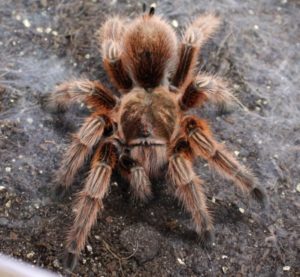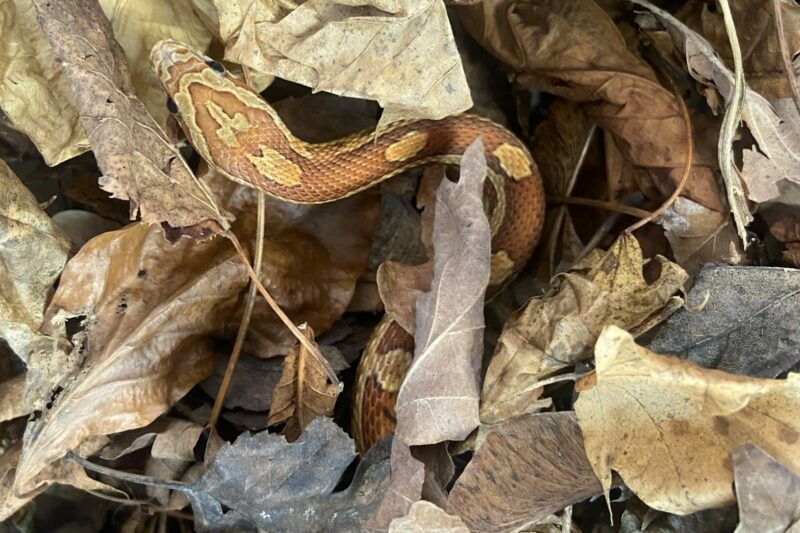
Tarantula care guide
Welcome to Evolution Reptiles’ guide to tarantula care! Whether you’re a seasoned arachnid enthusiast or just starting your journey into the fascinating world of these

Providing environmental enrichment for reptiles is crucial for their physical and mental well-being. Just like any other animal, reptiles benefit from a stimulating and engaging environment that mimics their natural habitat. In this blog, we will explore the importance of environmental enrichment for reptiles and recommend some products to enhance their lives.
Reptiles, despite their cold-blooded nature, are intelligent and curious creatures. They have specific needs that go beyond basic food, water, and shelter. Environmental enrichment offers several benefits, including:
Remember, safety is paramount when selecting enrichment products. Ensure all items are reptile-safe, easy to clean, and securely installed to prevent accidents or ingestion of harmful materials.
As you introduce environmental enrichment to your reptile’s habitat, take note of their response and adjust accordingly. Reptiles may show preferences for certain items or behaviors. Observe their interactions, gauge their comfort level, and make adjustments to provide the best possible enrichment experience.
Environmental enrichment plays a vital role in promoting the overall well-being of reptiles. By replicating elements of their natural habitat and providing stimulating surroundings, we can enhance their lives, both physically and mentally. From hiding spots and climbing structures to interactive toys and varied substrates, a well-enriched reptile enclosure offers opportunities for exploration, exercise, and mental stimulation.
Remember, each reptile species has unique requirements, so research the specific needs of your pet and consult with experts or fellow reptile enthusiasts to ensure you provide appropriate and enriching environments. Together

Welcome to Evolution Reptiles’ guide to tarantula care! Whether you’re a seasoned arachnid enthusiast or just starting your journey into the fascinating world of these

When planning a trip, ensuring your snake is well cared for can be a major concern. Evolution Reptiles Snake Hotel in Kidlington, Oxfordshire, offers a

How to Care for Your Reptile During a Power Cut Power cuts can be stressful, especially when you have a reptile that relies on a
Copyright 2021 Evolution Reptiles
All rights reserved.